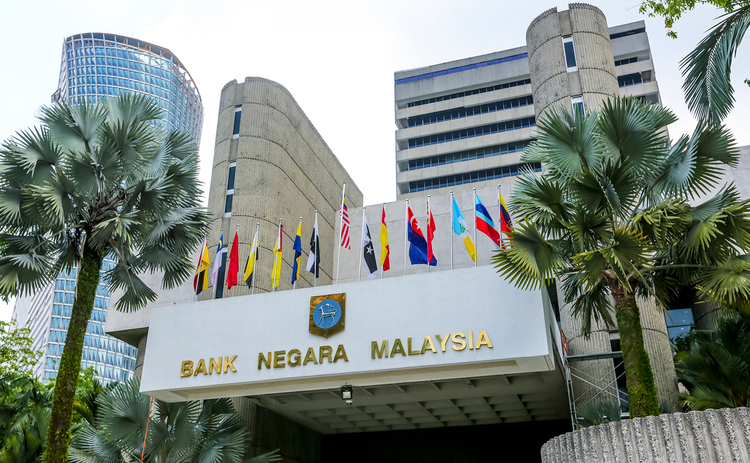
KUALA LUMPUR, Sept 7: The Monetary Policy Committee (MPC) of Bank Negara Malaysia has retained the Overnight Policy Rate (OPR) at 3.00 percent.
In a statement today, Bank Negara said the MPC made the decision in a meeting today, adding that at the current OPR level, the monetary policy stance remained supportive of the economy and was consistent with the current assessment of the inflation and growth prospects.
Nevertheless, the MPC expects to remain vigilant to ongoing developments to inform the assessment on the outlook of domestic inflation and growth and will ensure that the monetary policy stance remained conducive to sustainable economic growth amid price stability.
“The global economy continues to expand, driven by resilient domestic demand supported by strong labour market conditions. Global growth, however, remains weighed down by persistently elevated core inflation and higher interest rates. Global trade is also affected by rotation of spending from goods to services, and the ongoing electrical and electronics (E&E) downcycle.”
The central bank said the slower-than-expected growth in China also weighed on the global economy. Globally, headline inflation continued to moderate. While core inflation in advanced economies is slowing down, it remains above historical averages.
For most central banks, the monetary policy stance is likely to remain tight. The growth outlook remains subject to downside risks, mainly from a slower momentum in major economies, higher-than-anticipated
inflation outturns, an escalation of geopolitical tensions, and a sharp tightening in financial market conditions.
In the second quarter of the year, growth of the Malaysian economy was affected by slower external demand and a decline in commodity production. Moving forward, growth will continue to be driven by resilient domestic expenditure amid the challenging external environment. Continued employment and wage growth, particularly in the domestic-oriented sectors, remain supportive of household spending.
Tourist arrivals and spending are expected to improve further. Investment activity would be supported by
continued progress of multi-year infrastructure projects, and implementation of catalytic initiatives under the recently announced national master plans. Domestic financial conditions also remain conducive to financial intermediation amid sustained credit growth. While the growth outlook is subject to downside risks stemming from weaker-than-expected external demand and larger and protracted declines in commodity production, upside risks mainly emanate from stronger-than-expected tourism activity, a stronger recovery from the E&E downcycle, and faster implementation of existing and new projects.
In line with expectations, headline and core inflation have continued to ease amid the more moderate cost conditions. This moderating trend would likely continue in the second half of 2023, partly reflecting the higher base from the second half of 2022 and continued easing momentum of price increases.
Risks to the inflation outlook remain highly subject to changes to domestic policy on subsidies and price controls, global commodity prices and financial market developments, as well as the degree of persistence in core inflation.
–WE